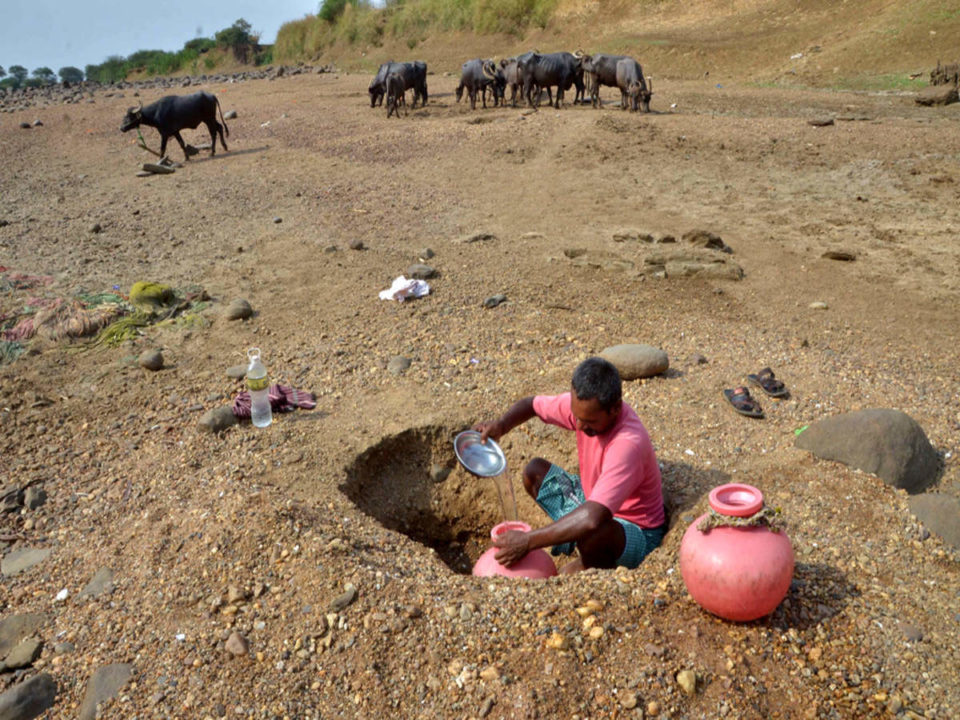
WASHINGTON: World Resources Institute (WRI) has released its flagship report ‘Aqueduct Water Risk Atlas’ which reviews the water stress, drought risk and riverine flood risk of various countries of the world and then ranks them according to the findings. Water stress refers to the share of available renewable surface and groundwater that is withdrawn, and has been calculated by a model that has used data from 1960-2014. When demand rivals supply, even small dry shocks – which are set to increase due to climate change – can produce dire consequences, researchers said. This report has observed that 17 countries, which house a quarter of the world’s population, are facing extremely severe water stress and are inching closer to “day zero” like conditions, where the taps will run dry.
India is ranked 13th of these 17 countries facing “extremely high” water stress which is poor considering that India has more than three times the combined population of the other 16 nations. Qatar, Israel, Lebanon, Iran, Jordan, Libya, Kuwait, Saudi Arabia, Eritrea, UAE, San Marino, Bahrain, India, Pakistan, Turkmenistan, Oman and Botswana make up the list of 17 countries. Pakistan, placed just below India, is the only other South Asian country in the top 20 countries in terms of water stress. “In addition to rivers, lakes and streams, India’s groundwater resources are severely overdrawn, largely to provide water for irrigation. Groundwater tables in some northern aquifers declined at a rate of more than 8 centimeters per year from 1990-2014,” the authors of the study wrote.
“The recent water crisis in Chennai gained global attention, but various areas in India are experiencing chronic water stress as well,” former Indian water secretary Shashi Shekhar said, adding that the tool could help authorities identify and prioritise risks.
The report also highlights the sub-regional situation for India. North Indian states Jammu & Kashmir, Punjab, Haryana, Uttarakhand, Madhya Pradesh, Gujarat, Rajasthan and Uttar Pradesh face extremely high (greater than 80 per cent) water shortage. Chandigarh faces the highest threat of water extinction.
Meanwhile, the situation in South Indian states is also serious as nearly all the south Indian states face high water stress (between 40-80 per cent) but North eastern states face low water stress levels (<10 per cent).
“Water stress is the biggest crisis no one is talking about. Its consequences are in plain sight in the form of food insecurity, conflict and migration, and financial instability,” said Andrew Steer, CEO of WRI. Officials from WRI further highlighted that irrigated agriculture, industries and municipalities in the above nations withdraw more than 80 per cent of the available water supply on an average every year. Such narrow gaps between supply and demand can leave countries highly vulnerable to fluctuations like drought or increased water withdrawals, they added.
The report made apparent that the crisis is looming at a greater extent over Middle East and North African, as these countries hold 12 positions at the top of the list. Even countries with low average water stress can have dire hotspots, the report found. While the US ranks 71st on the list, New Mexico state faces water stress at par with the UAE.
